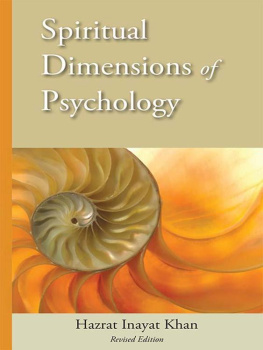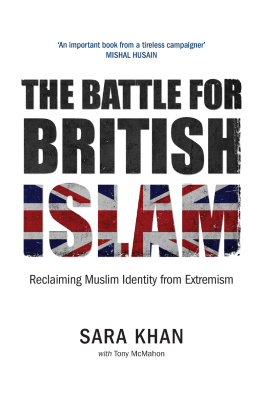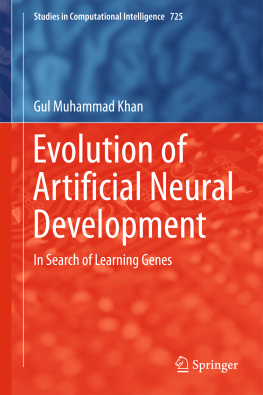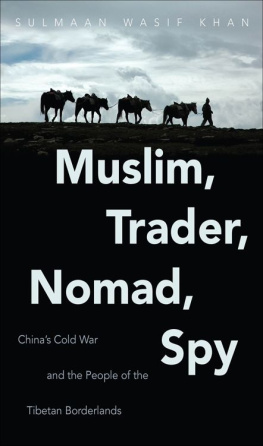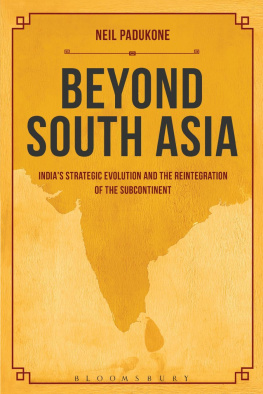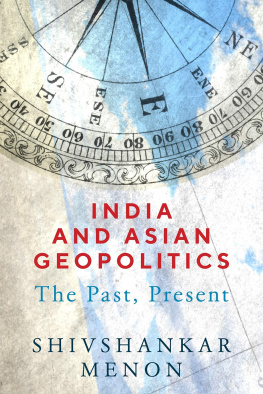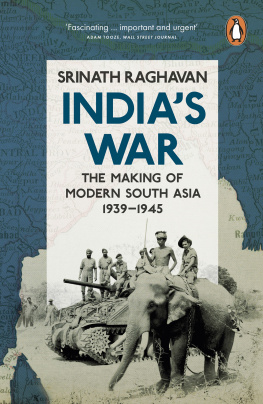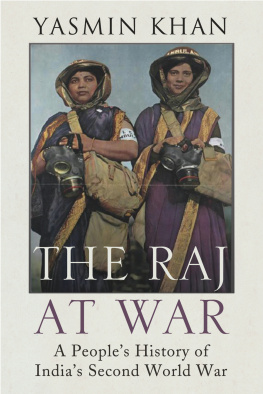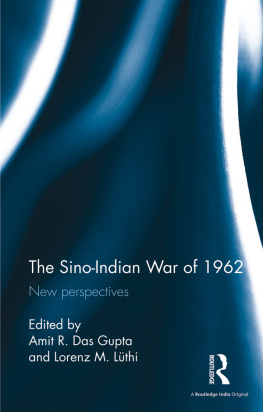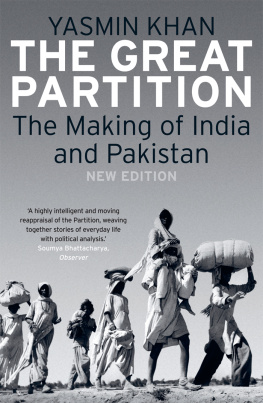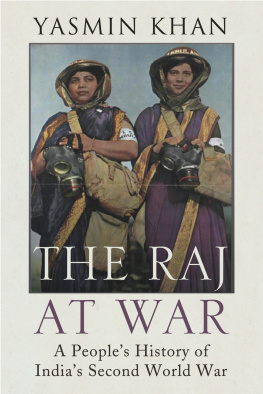India at War

Oxford University Press is a department of the University of Oxford. It furthers the Universitys objective of excellence in research, scholarship, and education by publishing worldwide.
Oxford New York Auckland Cape Town Dar es Salaam Hong Kong Karachi Kuala Lumpur Madrid Melbourne Mexico City Nairobi New Delhi Shanghai Taipei Toronto
With offices in Argentina Austria Brazil Chile Czech Republic France Greece Guatemala Hungary Italy Japan Poland Portugal Singapore South Korea Switzerland Thailand Turkey Ukraine Vietnam
Oxford is a registered trade mark of Oxford University Press in the UK and certain other countries.
Published in the United States of America by Oxford University Press 198 Madison Avenue, New York, NY 10016
Yasmin Khan 2015
First published in Great Britain in 2015 as The Raj at War by The Bodley Head.
All rights reserved. No part of this publication may be reproduced, stored in a retrieval system, or transmitted, in any form or by any means, without the prior permission in writing of Oxford University Press, or as expressly permitted by law, by license, or under terms agreed with the appropriate reproduction rights organization. Inquiries concerning reproduction outside the scope of the above should be sent to the Rights Department, Oxford University Press, at the address above.
You must not circulate this work in any other form and you must impose this same condition on any acquirer.
Library of Congress Cataloging-in-Publication Data
Khan, Yasmin, 1977
[Raj at war]
India at war : the subcontinent and the Second World War / Yasmin Khan.
pages cm
First published in Great Britain in 2015 as The Raj at War by The Bodley HeadTitle page verso.
Includes bibliographical references and index.
ISBN 9780199753499 (hardback : acid-free paper)ISBN 9780190228910ISBN 9780190228927
1.World War, 1939-1945India. 2.World War, 1939-1945Participation, East Indian. 3.World War, 1939-1945Social aspectsIndia. 4.IndiaHistory1919-1947. 5.India Social conditions20th century. 6.Social changeIndiaHistory20th century. 7.War and societyIndiaHistory20th century. I.Title.
D767.6.K45 2015
940.5354dc23 2015008472
135798642
Printed in the United States of America on acid-free paper
You want to know the names of the men who have joined the army from our village. They are too many to be mentioned.
An Urdu letter from an unknown man in the North-West Frontier Province to his son, 1943 .
And war is many things.
Richard Flanagan, The Narrow Road to the Deep North
Contents
On January 1946 , three men, Prem Kumar Sahgal, Gurbaksh Singh Dhillon and Shah Nawaz Khan, quietly emerged from imprisonment in Old Delhis Red Fort. The Government of India had held them there for three months. Just four days earlier the trio had been convicted of waging war against the King-Emperor and sentenced to transportation for life. They were leading officers of the Indian National Army (INA) and had been in the vanguard of Subhas Chandra Boses renegade force. They had fought for the Axis in Burma and South-East Asia. Now they were free men and, within days, found themselves national heroes. The Commander-in-Chief of the Indian Army had remitted their sentences; although technically found guilty, their punishment had been quashed. People interpreted their release as a decisive victory against the British Raj.
The trials had been a disaster for the British rulers. The bungled attempt at a public prosecution had resulted in the hero worship of traitors in the words of Archibald Wavell, the Viceroy of India in 1946 . He admitted frankly that the affair was embarrassing. Since November, the trial had gripped the imagination of the Indian public. People had bought reports of the court case, autobiographies of the officers, panegyrics of Bose and pamphlets about all aspects of the Indian National Army, on sale at every pavement stall and bookshop. The way in which Bose and his followers had established a breakaway army to side with the Japanese had been told in full for the first time, without the full force of wartime censorship in place.
As the word spread of the mens release they were swept along the cramped streets of Old Delhi in a growing tide of supporters, cheered and hoisted on shoulders. Soon they were forced to stand on the roof of a car because of the crush of the crowds. Everybody clamoured to shake their hands and to fill their mouths with sweets. Indian National Congress politicians rushed to the scene to be among the first to congratulate them. Over the coming days, the men paraded around Delhi, Lahore and across the country. They were hosted at massive rallies. Everywhere they went admirers mobbed them, thrust forward autograph books and strung heavy garlands of flowers around their necks. The crowds were hundreds of thousands strong. People wanted to see us, touch us, hear us speak and garland us. They had gone mad with the joy of our release. Young girls cut their fingers with razor blades and applied blood to our foreheads instead of vermillion, recalled Gurbaksh Singh Dhillon, one of the released prisoners. Policemen, magistrates and officials looked on, powerless to intervene or to stem the tide.
The Red Fort, the sandstone fortress built by the Mughal emperors in the heart of New Delhi, was spectacularly ill-chosen as the location for the trial. The fort, which had been used as a barracks by the Indian Army ever since the uprising of 1857 , was the symbolic seat of South Asian power. So, too, the British decision to try the three officers together, a Sikh, a Hindu and a Muslim. This just added piquancy to the symbolism of the event. The Congress Party used the trials as a way to try to build pan-religious solidarity and some of the finest legal minds in the country, including Jawaharlal Nehru, the foremost Congressman of the era, had represented the men as their defence barristers. Any earlier ambivalence the Congressmen had felt about the militarism and unabashed pro-Axis stance of the INA was swept aside in the fervour of the moment.
The vehement outpourings of anger that greeted the INA trials, and widespread rejoicing at the release of the prosecuted men, were the result of a hardened form of nationalism. Everywhere there was a new belief in the power of violence to release India from colonial control, and an upsurge of post-war euphoria which gripped civilians and soldiers alike. Policemen, magistrates and military generals became reluctant to intervene in a cause clbre which had captured the imagination of people of all regional and religious backgrounds. Military commanders of the Indian Army had feared mutiny if the INA men received the death sentence. As it was, over , members of the Royal Indian Navy would mutiny during the coming weeks in any case.
The upsurge of political zeal was inextricably linked with ongoing demobilisation. As over million Indian soldiers were demobilised from the Indian Army in the aftermath of the war, and began to return to their villages, they started to ask how they would be rewarded for their sacrifices during the war. As one Pathan soldier told the Indian civil servant Malcolm Darling, We suffered in the war but you didnt we bore with this so that we might be free. This was the moment that British rule in India became untenable. It marked a decisive break with everything that had gone before. Imperial rule had lost its final shreds of legitimacy. The Raj had unravelled under the pressure of war.


